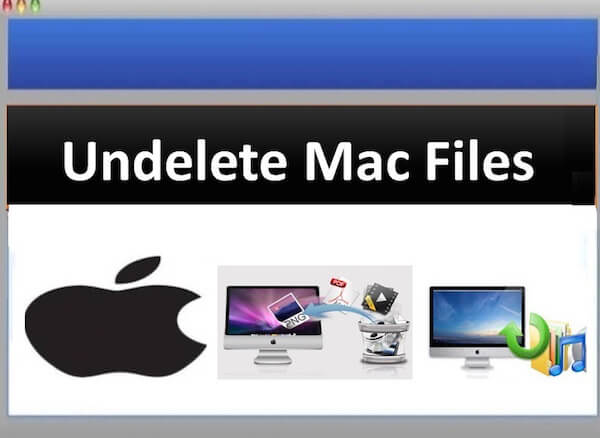

- UNDELETE GPG SUITE FROM MAC MAC OS
- UNDELETE GPG SUITE FROM MAC INSTALL
- UNDELETE GPG SUITE FROM MAC ISO
- UNDELETE GPG SUITE FROM MAC ZIP
- UNDELETE GPG SUITE FROM MAC DOWNLOAD
To do this just run the following command: sudo apt update sudo apt install -y refindĭuring the installation, you will get a prompt to run rEFInd automatically. You can also install rEFInd with Kali Linux. Next, go to the Apple > Restart menu to reboot macOS:Īfter restarting, the new boot manager will appear. Then open the extracted folder using the following command: cd /Volumes/Macintosh\ HD/Users/username/Downloads/refind-bin-0.12.0/ pwdĪnd now run shell script refind-install. The extracted folder path is based on the hard disk and username and version of rEFInd, and the path will be different.
UNDELETE GPG SUITE FROM MAC DOWNLOAD
Once the download is completed, go to the Utilities > Terminal path: SIP will be bypassed using macOS/OS X’s Recovery System version that is in-built into the firmware. If you have a firmware password, you should enter it to continue. Restart your MacOS and press the Command (⌘) and R keys at the same time to open the boot logo.
UNDELETE GPG SUITE FROM MAC ZIP
To download rEFInd, just run the command below: curl -s -L -o ~/Downloads/refind.zipĮnter the following command to check rEFInd’s valid zip file: file Downloads/refind.zipĮxtract the downloaded file: unzip -q -d Downloads/ Downloads/refind.zip Download rEFInd in a normal macOS/OS X session and then reboot to recovery mode to install. REFInd has limited space and tools/libraries available in recovery mode, so you can not download it in recovery mode easily.

Note: if you are using macOS/OS X EI Capitan (10.11), you need to one-time bypass or disable System Integrity Protection (SIP) to install rEFInd using macOS/OS X. This replaces the limiting default with macOS/OS X and allows for more options. REFInd is a boot manager that you can install before or after installing Kali Linux, as well as from macOS/OS X or Kali Linux. Then enter rEFInd as a replacement boot manager: Now press and hold Alt again to open the boot menu. By default, macOS/OS X will boot into itself. Once the installation is completed, reboot your system. Then choose “ Guided – use the largest continuous free space”: You can reduce the 500GB to 400GB to give Kali Linux 100GB as shown below: sudo diskutil apfs resizeContainer disk0s2 400gĬheck the list again to see if it was successful: diskutil list Installing Kali Linux on MacOSįirst, press and hold the Alt to open the boot menu. To view the disk list you want to resize: diskutil list Navigate to the Spotlight > Terminal path to access the command line. In recovery mode, the drive will not use and the command line option will allow the creation empty partition. Both option support resizing in a “normal” session, or booting into recovery mode. You can resize the MacOS procedure with the command line and also Disk Utility. Lastly, you should Apply All Operations on the hard disk and reboot your system after exiting from GParted. Remember that usually, the second option has the largest partition: GParted allows you to shrink the existing macOS/OS X partition to give enough room to install Kali Linux in the free space:Īfter the GParted is opened, you should choose your macOS/OS X partition and resize it to leave enough space to install Kali Linux. Then type the GParted in the search bar to launch it. Choose Live to boot into the Kali Linux default desktop: Note: If the installation hangs, you should power cycle and choose Windows instead. But Windows is a Non-EFI boot that older hardware using BIOS uses it. EFI Boot is the new hardware that supports UEFI and is common to use for GUID Partition Table partitions. Now you should see the boot many with two volumes which are EFI Boot and Windows. Then press and hold the Alt key to open the boot menu. HFS+/GPartedīefore doing anything, insert your Kali Linux installation medium and power it on the device. resizing your mac can be done in a normal macOS/OS X session, or in recovery mode. Resizing your mac can be done with GParted in from a Kali Linux live session.īut if you are using macOS/OS X High Sierra (10.13) and later, the default will be Apple File System (APFS).
UNDELETE GPG SUITE FROM MAC MAC OS
If you use macOS/OS X Sierra (10.12) earlier, it will be Mac OS Extended (HFS+). You need to allocate room on the hard disk. To do this, run the following command: shasum -a 256 Resizing MacOS Procedure
UNDELETE GPG SUITE FROM MAC ISO
In this step, you should verify the downloaded ISO file by generating the SHA256 checksum from the downloaded ISO image. Now run the command below to verify the key installation: gpg -fingerprint 44C6513A8E4FB3D30875F758ED444FF07D8D0BF6 Once the installation is completed, download and import a copy of the Kali Linux official key using the following command: wget -q -O - | gpg -import

Install the GPG-appropriate version for your platform from the GPG official website. Recommended Article: Introducing And Install BBQSQL On Kali Linux Downloading Kali Linux on MacOSįirst, navigate to the Kali Linux official website to download the Kali Linux Installer image:


 0 kommentar(er)
0 kommentar(er)
